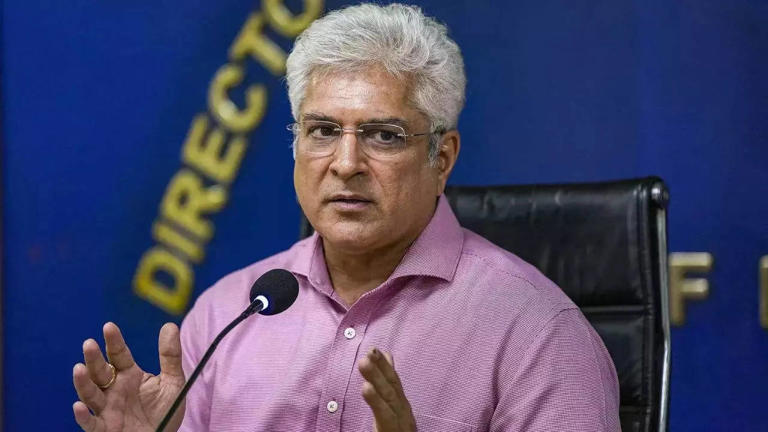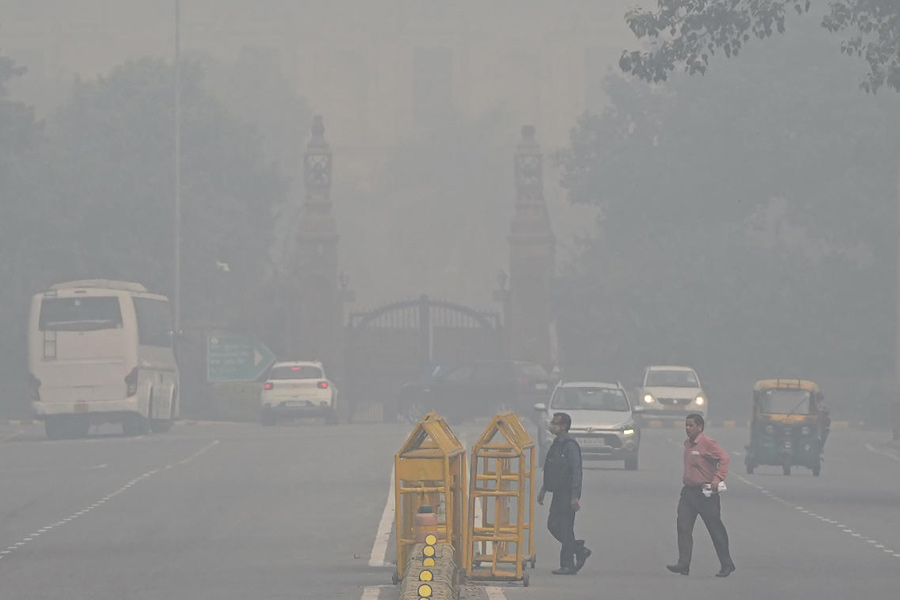Home / covid / Unraveling the Mystery: Why COVID-19 is Becoming Milder and What This Means for Our Future
Unraveling the Mystery: Why COVID-19 is Becoming Milder and What This Means for Our Future
By: My India Times
4 minutes read 48Updated At: 2025-01-17

When the XEC variant of COVID-19 emerged as the dominant strain in the autumn of 2024, virologists were on high alert. XEC, a descendant of the Omicron variant, had evolved through a process known as recombination. This indicates that genetic material from two distinct variants merged, resulting in a new strain of the virus that raised concerns over its potential increased transmissibility and resistance to treatment. Preliminary assessments suggested this variant might circumvent immunity gained from prior infections or vaccinations, leading to heightened apprehension among health professionals and the general public.
However, despite the initial warnings, something unexpected happened. Instead of a surge in hospitalizations and severe cases, as had been anticipated, the numbers remained much lower than expected, even as the virus spread. This raised the question: why is COVID-19 becoming milder over time, and what’s behind this apparent shift?
Understanding the Decline in Severity
While many expected the XEC variant to cause a dramatic increase in severe cases, the actual impact on public health has been surprisingly mild. In December 2024, data from the CDC revealed that the hospitalization rate had dropped significantly compared to previous years. In December 2023, the rate was 6.1 hospitalizations per 100,000 people, but by the same time in 2024, that number had plummeted to just two per 100,000. This stark contrast caught the attention of researchers, prompting them to dig deeper into the reasons behind the shift.
One theory is that COVID-19 is now becoming more of a seasonal cold than a life-threatening illness. The symptoms associated with the virus, such as loss of taste and smell, which were once hallmarks of infection, are becoming less common. In fact, the majority of people now experience only mild symptoms, often indistinguishable from a common cold or seasonal allergies. As a result, many cases go unreported, and individuals may not even realize they’re infected.
Peter Chin-Hong, a professor at the University of California, San Francisco, pointed out that while wastewater samples show high levels of COVID-19, very few people are being hospitalized. "It just shows that regardless of how scary a variant might look in the lab, the environment in which it lands is much more inhospitable," he said. This suggests that while COVID-19 is still circulating widely, it may no longer be as capable of causing severe disease.
Immunity and Its Role in Milder Disease
One of the key reasons why COVID-19 may be becoming milder is the improved immunity of the general population. Many people have now been vaccinated and infected multiple times, which has helped to create a strong immune response. This "immune memory" allows the body to quickly recognize and neutralize the virus before it can cause serious harm. Studies suggest that most people now experience only mild symptoms because their immune systems are able to identify and fight off the virus faster than before.
Despite this, COVID-19 still poses a greater risk to certain groups, particularly the elderly and those with weakened immune systems. For these individuals, the virus can still cause severe illness, hospitalization, and death. Therefore, experts recommend that all vulnerable groups receive the latest COVID-19 vaccine, which offers vital protection against these outcomes.
The Future of COVID-19: Will It Become Like the Common Cold?
While COVID-19 may be less severe now, experts are cautious about declaring the pandemic over. The virus could still mutate, and new variants may emerge that are more dangerous. However, the general trend toward milder disease has led some to speculate that COVID-19 may eventually become a disease like the common cold. In this scenario, the virus would continue to circulate seasonally, but it would no longer cause widespread disruptions to daily life or healthcare systems.
This idea is supported by the observation that coronaviruses, which are a family of viruses that includes COVID-19, have historically evolved to become less deadly over time. This is because viruses that cause severe disease often reduce their chances of survival, as they kill their hosts too quickly. Over time, viruses tend to evolve toward becoming more transmissible and less lethal, allowing them to spread more easily without overwhelming their hosts.
Experts like Chin-Hong and others suggest that, just like the flu, COVID-19 might eventually be a manageable disease, with annual vaccinations helping to protect the most vulnerable populations. However, this doesn’t mean that the virus should be underestimated. The potential for new variants, the ongoing threat of Long COVID, and the risk of severe illness for certain groups mean that public health experts continue to monitor the situation closely.
The Ongoing Risk of Long COVID
Even though the immediate danger from COVID-19 may be declining, Long COVID remains a significant concern. For some individuals, the effects of the virus can persist for months or even years. Symptoms of Long COVID can include fatigue, brain fog, and difficulty breathing, among others. Researchers are still working to understand why some people experience prolonged symptoms, and how best to treat them. It’s possible that even as the virus becomes milder, the long-term impact of COVID-19 could continue to be felt by those who suffer from these chronic effects.
Conclusion: The Virus May Be Changing, But It’s Not Gone
As we move through 2025, it seems clear that COVID-19 is evolving into a less severe illness. However, it is important to remember that the virus has not disappeared, and it could still pose a threat, particularly to vulnerable populations. Continued vigilance, vaccination, and research are crucial to ensuring that we stay ahead of any potential risks. While the disease may not be as dangerous as it once was, its presence in society is still a reminder that the battle against COVID-19 is far from over.
....
When the XEC variant of COVID-19 emerged as the dominant strain in the autumn of 2024, virologists were on high alert. XEC, a descendant of the Omicron variant, had evolved through a process known as recombination. This indicates that genetic material from two distinct variants merged, resulting in a new strain of the virus that raised concerns over its potential increased transmissibility and resistance to treatment. Preliminary assessments suggested this variant might circumvent immunity gained from prior infections or vaccinations, leading to heightened apprehension among health professionals and the general public.
However, despite the initial warnings, something unexpected happened. Instead of a surge in hospitalizations and severe cases, as had been anticipated, the numbers remained much lower than expected, even as the virus spread. This raised the question: why is COVID-19 becoming milder over time, and what’s behind this apparent shift?
Understanding the Decline in Severity
While many expected the XEC variant to cause a dramatic increase in severe cases, the actual impact on public health has been surprisingly mild. In December 2024, data from the CDC revealed that the hospitalization rate had dropped significantly compared to previous years. In December 2023, the rate was 6.1 hospitalizations per 100,000 people, but by the same time in 2024, that number had plummeted to just two per 100,000. This stark contrast caught the attention of researchers, prompting them to dig deeper into the reasons behind the shift.
One theory is that COVID-19 is now becoming more of a seasonal cold than a life-threatening illness. The symptoms associated with the virus, such as loss of taste and smell, which were once hallmarks of infection, are becoming less common. In fact, the majority of people now experience only mild symptoms, often indistinguishable from a common cold or seasonal allergies. As a result, many cases go unreported, and individuals may not even realize they’re infected.
Peter Chin-Hong, a professor at the University of California, San Francisco, pointed out that while wastewater samples show high levels of COVID-19, very few people are being hospitalized. "It just shows that regardless of how scary a variant might look in the lab, the environment in which it lands is much more inhospitable," he said. This suggests that while COVID-19 is still circulating widely, it may no longer be as capable of causing severe disease.
Immunity and Its Role in Milder Disease
One of the key reasons why COVID-19 may be becoming milder is the improved immunity of the general population. Many people have now been vaccinated and infected multiple times, which has helped to create a strong immune response. This "immune memory" allows the body to quickly recognize and neutralize the virus before it can cause serious harm. Studies suggest that most people now experience only mild symptoms because their immune systems are able to identify and fight off the virus faster than before.
Despite this, COVID-19 still poses a greater risk to certain groups, particularly the elderly and those with weakened immune systems. For these individuals, the virus can still cause severe illness, hospitalization, and death. Therefore, experts recommend that all vulnerable groups receive the latest COVID-19 vaccine, which offers vital protection against these outcomes.
The Future of COVID-19: Will It Become Like the Common Cold?
While COVID-19 may be less severe now, experts are cautious about declaring the pandemic over. The virus could still mutate, and new variants may emerge that are more dangerous. However, the general trend toward milder disease has led some to speculate that COVID-19 may eventually become a disease like the common cold. In this scenario, the virus would continue to circulate seasonally, but it would no longer cause widespread disruptions to daily life or healthcare systems.
This idea is supported by the observation that coronaviruses, which are a family of viruses that includes COVID-19, have historically evolved to become less deadly over time. This is because viruses that cause severe disease often reduce their chances of survival, as they kill their hosts too quickly. Over time, viruses tend to evolve toward becoming more transmissible and less lethal, allowing them to spread more easily without overwhelming their hosts.
Experts like Chin-Hong and others suggest that, just like the flu, COVID-19 might eventually be a manageable disease, with annual vaccinations helping to protect the most vulnerable populations. However, this doesn’t mean that the virus should be underestimated. The potential for new variants, the ongoing threat of Long COVID, and the risk of severe illness for certain groups mean that public health experts continue to monitor the situation closely.
The Ongoing Risk of Long COVID
Even though the immediate danger from COVID-19 may be declining, Long COVID remains a significant concern. For some individuals, the effects of the virus can persist for months or even years. Symptoms of Long COVID can include fatigue, brain fog, and difficulty breathing, among others. Researchers are still working to understand why some people experience prolonged symptoms, and how best to treat them. It’s possible that even as the virus becomes milder, the long-term impact of COVID-19 could continue to be felt by those who suffer from these chronic effects.
Conclusion: The Virus May Be Changing, But It’s Not Gone
As we move through 2025, it seems clear that COVID-19 is evolving into a less severe illness. However, it is important to remember that the virus has not disappeared, and it could still pose a threat, particularly to vulnerable populations. Continued vigilance, vaccination, and research are crucial to ensuring that we stay ahead of any potential risks. While the disease may not be as dangerous as it once was, its presence in society is still a reminder that the battle against COVID-19 is far from over.
By: My India Times
Updated At: 2025-01-17
Tags: covid News | My India Times News | Trending News | Travel News
Join our WhatsApp Channel



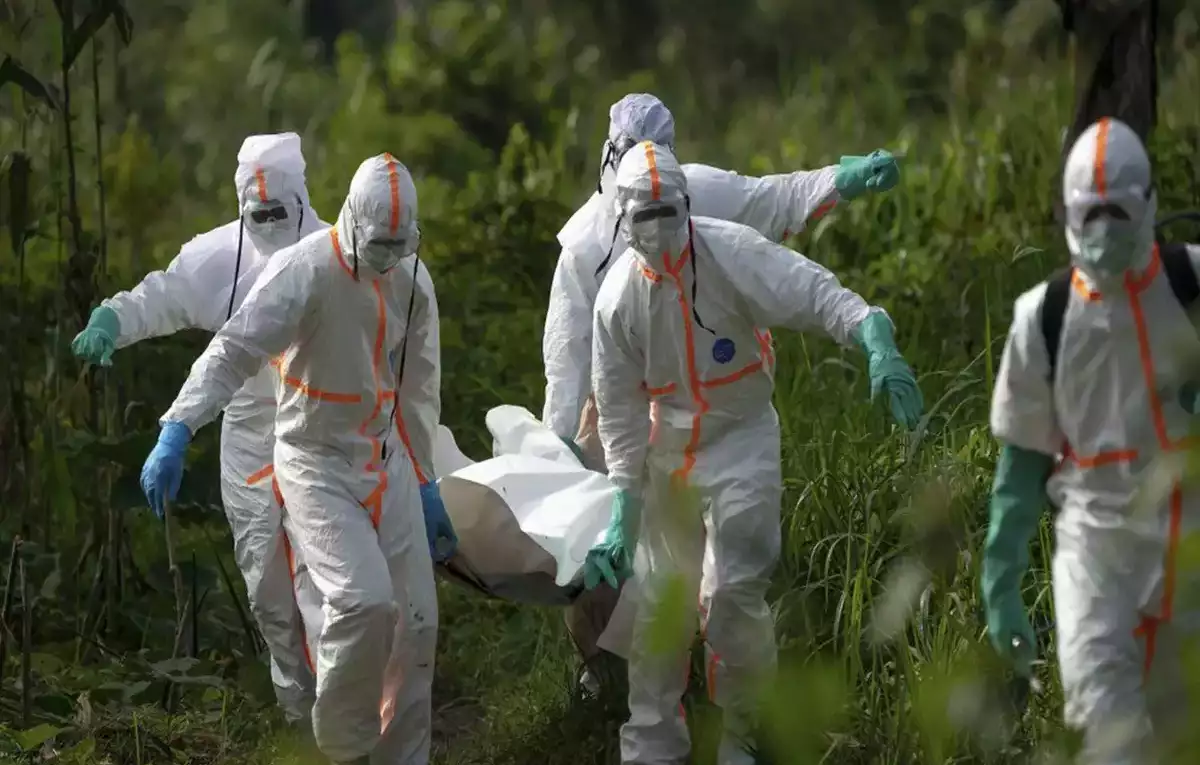






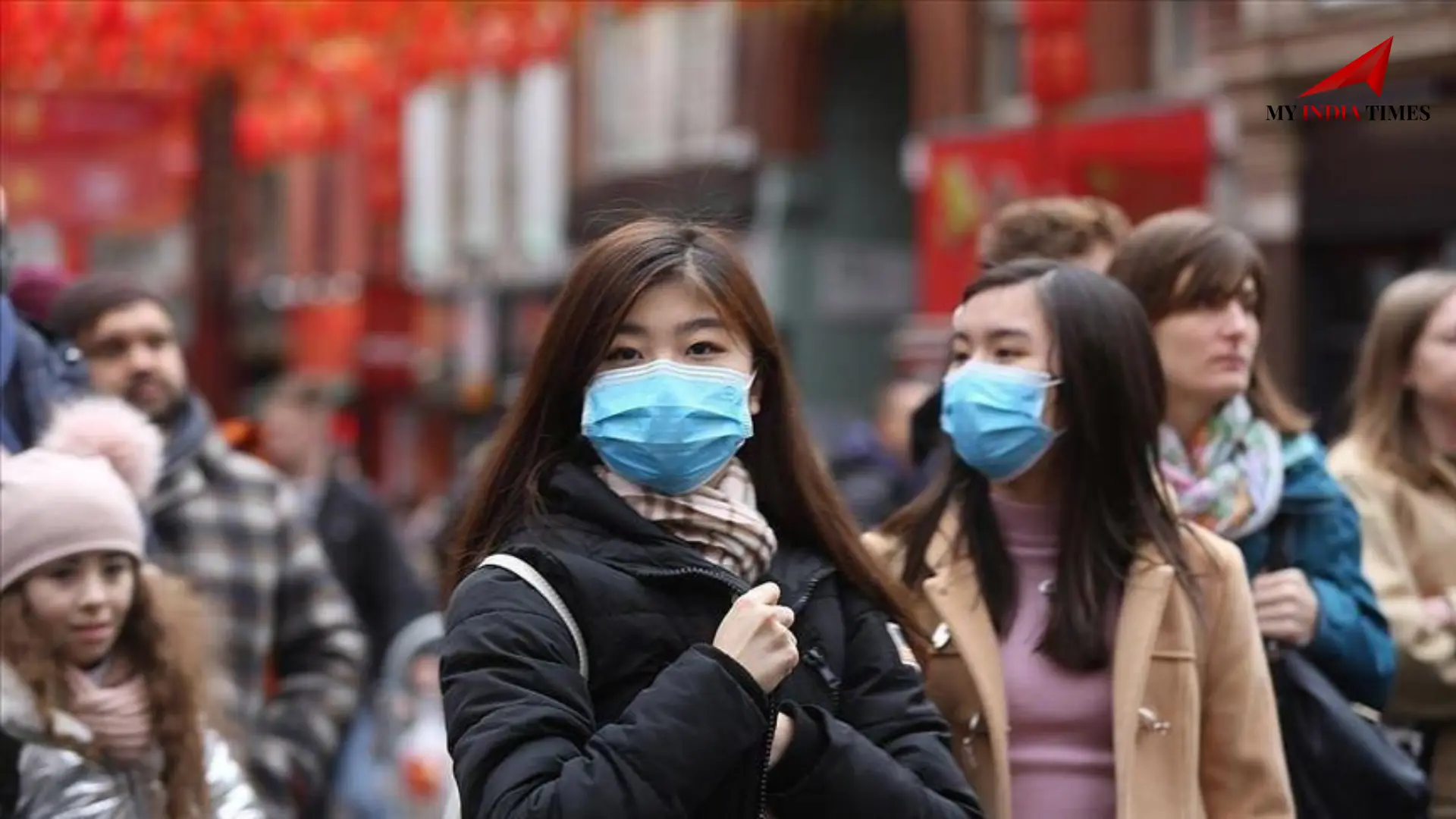





-outbreak in-china.jpg)












































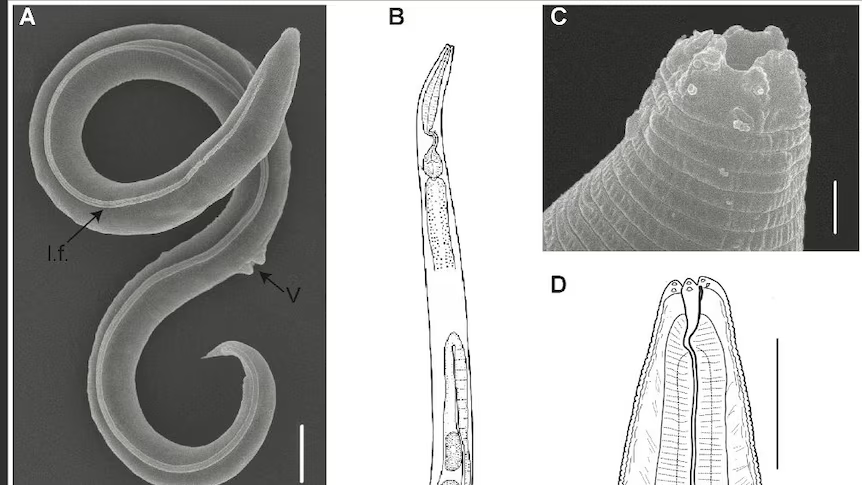











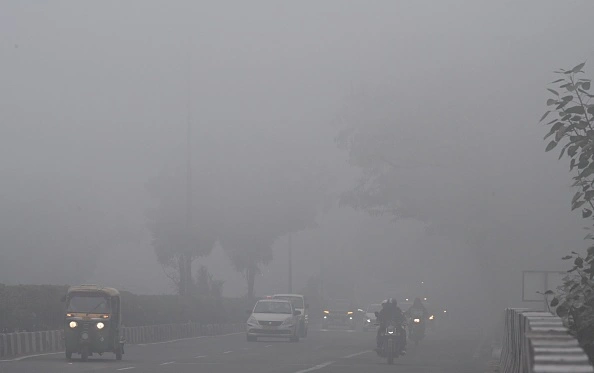


































.png)
 (1).png)





